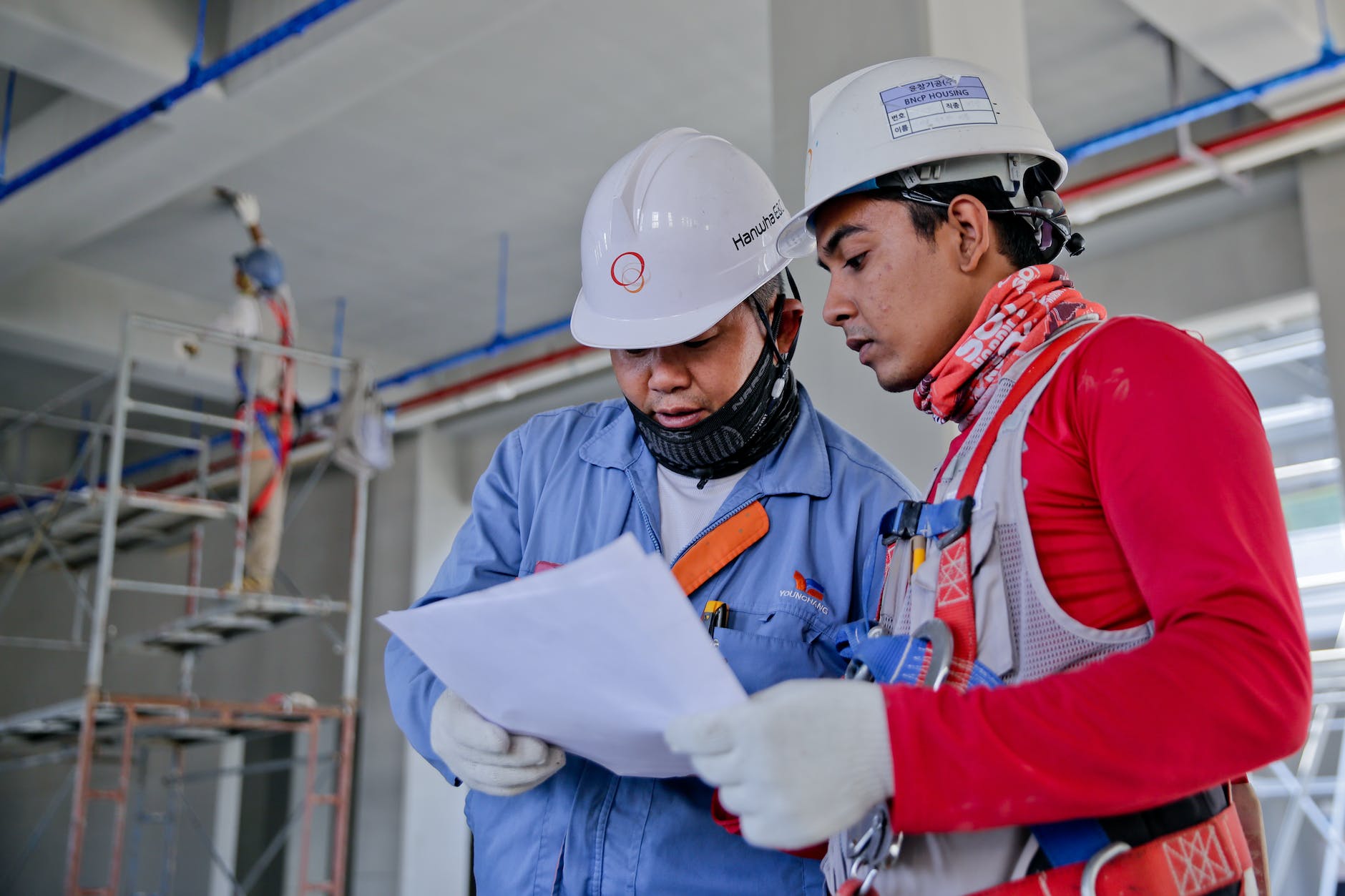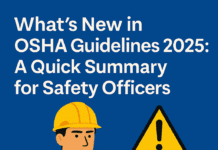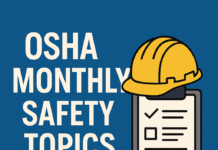
OSHA Safety Plan for Construction
Introduction
Construction sites are dynamic environments with inherent risks, making safety a top priority. The Occupational Safety and Health Administration (OSHA) plays a crucial role in ensuring that construction projects adhere to safety standards. This article delves into the intricacies of creating an effective OSHA safety plan for construction, emphasizing the significance of proactive measures.
Understanding OSHA Regulations
OSHA regulations provide a comprehensive framework for maintaining a safe working environment in the construction industry. Construction companies must familiarize themselves with these regulations to ensure compliance and create a foundation for a robust safety plan.
Components of an OSHA Safety Plan
An effective OSHA safety plan encompasses various components, including a thorough risk assessment, emergency response procedures, comprehensive training programs, and the provision of personal protective equipment (PPE). Each element plays a vital role in mitigating potential risks and safeguarding the well-being of workers.
Developing a Comprehensive Safety Plan
Creating a comprehensive safety plan involves the active participation of both management and workers. Regular safety inspections, continuous improvement, and adaptation to evolving risks are integral aspects of a successful safety plan.
Benefits of Implementing OSHA Safety Plans
Implementing OSHA safety plans goes beyond mere compliance. It leads to a reduction in accidents and injuries, improved employee morale and productivity, and legal compliance – all contributing to a safer and more efficient work environment.
Common Mistakes to Avoid
To ensure the efficacy of a safety plan, it’s crucial to avoid common pitfalls such as neglecting regular updates, overlooking worker feedback, and providing inadequate training programs. Learning from these mistakes enhances the overall effectiveness of the safety plan.
Importance of Employee Training
Employee training is a cornerstone of any safety plan. Tailored training programs for specific tasks and ongoing education about potential hazards contribute to a workforce that is well-prepared and vigilant.
OSHA Inspections and Compliance
Understanding how to prepare for OSHA inspections and the consequences of non-compliance underscores the importance of maintaining a proactive approach to safety.
Creating a comprehensive safety plan for construction in accordance with the Occupational Safety and Health Administration (OSHA) guidelines is crucial for ensuring the well-being of workers and minimizing the risk of accidents. Below is a general outline that you can use as a starting point for developing your OSHA-compliant construction safety plan. Keep in mind that this is a template, and you should tailor it to your specific construction project and site conditions.Construction Safety Plan
1. Introduction
- Brief overview of the construction project.
- Statement of commitment to safety.
- Responsibilities of all parties involved.
2. Hazard Identification and Assessment
- Identification of potential hazards on-site.
- Regular site inspections.
- Assessment of the severity and likelihood of each hazard.
3. Communication and Training
- Communication channels for safety concerns.
- Training programs for all workers on-site.
- Emergency procedures and contact information.
4. Personal Protective Equipment (PPE)
- List of required PPE for various tasks.
- Guidelines for proper use and maintenance of PPE.
- Provision and enforcement of PPE usage.
5. Fall Protection
- Procedures for working at heights.
- Installation and use of guardrails, safety nets, or personal fall arrest systems.
- Training on proper ladder and scaffolding use.
6. Electrical Safety
- Guidelines for working with electrical equipment.
- Lockout/tagout procedures.
- Identification and mitigation of electrical hazards.
7. Fire Prevention and Protection
- Location and proper use of fire extinguishers.
- Emergency evacuation routes.
- Flammable materials handling and storage procedures.
8. Tools and Equipment Safety
- Regular maintenance and inspection of tools and equipment.
- Proper use and storage of tools.
- Guidelines for equipment operators.
9. Excavation and Trenching Safety
- Procedures for safe excavation and trenching.
- Installation of protective systems.
- Daily inspections of excavation sites.
10. Emergency Response Plan
- Procedures for reporting incidents.
- First aid and medical emergency response.
- Evacuation procedures and assembly points.
11. Record Keeping
- Documentation of safety training.
- Incident reports and investigations.
- Regular safety meetings and minutes.
12. OSHA Compliance
- Familiarity with and adherence to OSHA regulations.
- Regular updates on OSHA standards.
- Reporting requirements for workplace injuries and illnesses.
13. Site-Specific Policies
- Additional safety measures specific to the construction site.
- Tailor the plan to unique site conditions.
14. Review and Revision
- Regular review and update of the safety plan.
- Feedback mechanisms for continuous improvement.
Remember to consult the specific OSHA standards applicable to construction (29 CFR 1926) and incorporate them into your safety plan. Additionally, involve workers in the development of the plan to ensure it is practical and effective for your specific construction project.Conclusion
In conclusion, an OSHA safety plan for construction is not just a regulatory requirement but a fundamental commitment to the well-being of everyone involved in a project. By understanding and implementing the components discussed in this article, construction companies can create safer work environments and contribute to the overall success of their projects.
OSHA Safety Officer Certification
OSHA Safety Manager Requirements
FAQs
- What are the primary components of an OSHA safety plan?
- A: The primary components include risk assessment, emergency response procedures, training programs, and provision of personal protective equipment.
- How often should a safety plan be updated?
- A: Safety plans should be regularly updated to reflect changes in project scope, regulations, and emerging risks.
- What role does technology play in enhancing construction site safety?
- A: Technology enhances safety through monitoring systems, communication tools, and innovations in personal protective equipment.
- Can OSHA safety plans be adapted for different project sizes?
- A: Yes, safety plans should be tailored to the specific requirements and scale of each construction project.
- How can organizations foster a strong safety culture?
- A: Fostering a safety culture involves open communication, commitment from leadership, and consistent training programs.
























